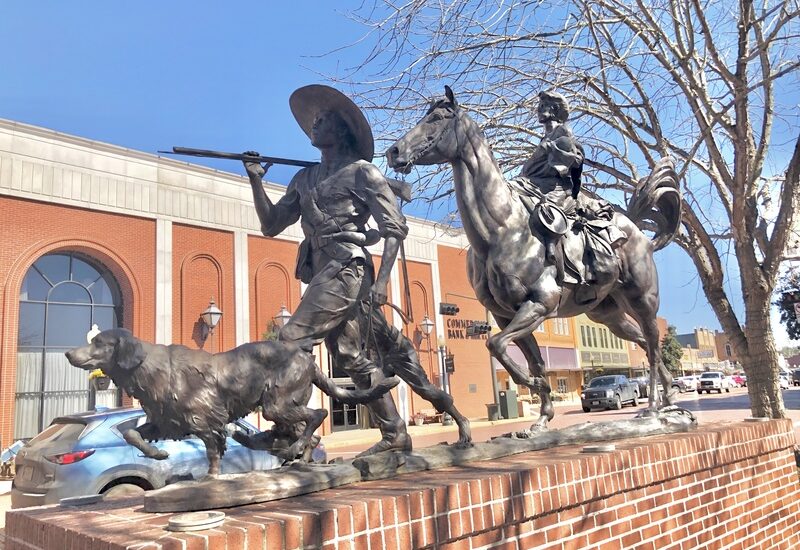Welcome to The Gateway statue in Nacogdoches, Texas, a remarkable historical landmark that invites you to step back in time and explore the rich tapestry of Texas history. Known as ‘The Oldest Town in Texas,’ Nacogdoches has a history that stretches back thousands of years, long before European settlers arrived. This location takes you on a journey through the past, highlighting the significant events and figures that have shaped this vibrant community.
The story of Nacogdoches begins with the Caddo Indians, who settled in the area approximately 10,000 years ago. Their presence laid the foundation for the town that would later emerge. In 1716, Spain established Misión Nuestra Señora de Guadalupe, the first European structure in the region. This mission marked the beginning of European influence in the area, setting the stage for future developments.
One notable figure in the history of Nacogdoches is Colonel Antonio Gil Y’Barbo, a Spanish trader who became a key leader among the settlers. In 1779, Y’Barbo led a group back to Nacogdoches after they were initially forced to relocate to San Antonio. Under his leadership, Nacogdoches was designated as a pueblo, and he played a crucial role in establishing local governance and infrastructure, including the Old Stone Fort, which became a gateway to the Texas frontier.
Throughout its history, Nacogdoches was a site of significant events, including the Battle of Nacogdoches in 1832, where local settlers unified to support a federalist form of government, successfully driving Mexican military forces from East Texas. This event was pivotal in the lead-up to the Texas Revolution.
The town has also been home to influential figures such as Thomas Jefferson Rusk, a prominent early settler who was instrumental in Texas’s journey to statehood. Rusk served as a Texas senator and was a key figure in the Texas Revolution.
Today, Nacogdoches stands as a testament to its rich history, with its entire downtown area listed in the National Register of Historic Places. The Gateway statue symbolizes the city’s enduring legacy and its role as a gateway to understanding the complex history of Texas.





